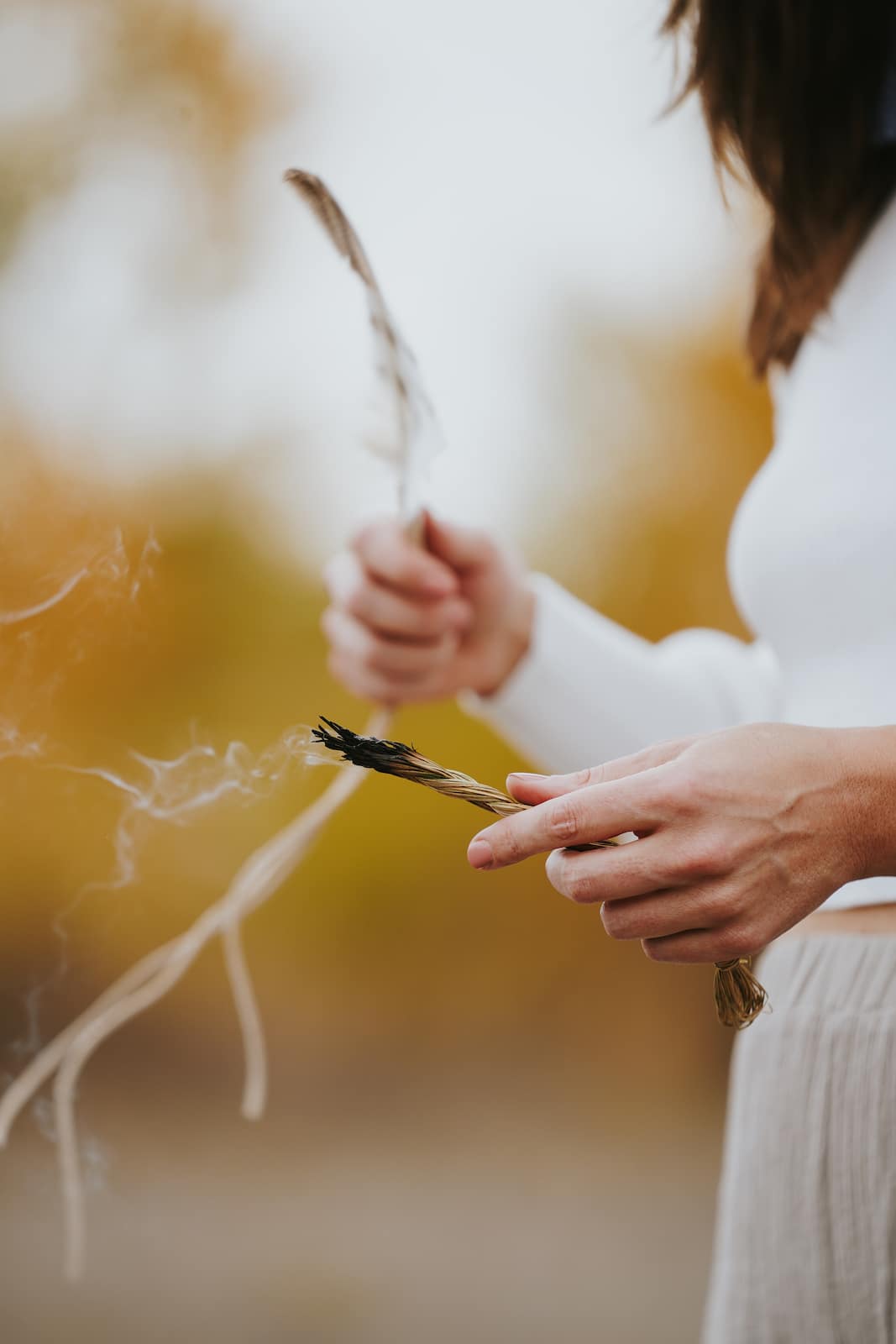
A Guide to Smoke Cleansing
This guide to Smoke Cleansing is an offering of respect to the traditions of my lineage and an invitation for you to connect to your ancestry. My ancestors were Scottish, Irish, Cherokee, and more, and yet their history and traditions are largely lost to me. This is the story for many of us walking the Earth today. I believe that our human desire for connection to our lineage stories is one reason for the recent rise in ‘New Age’ spirituality. ‘New Age’ practices may feel different to us in the West, but for the most part, they are not ‘new’ at all. Rather, rituals like Smoke Cleansing, are rooted in the traditions of our ancestors across the world.
Ritual is rooted in the traditions of our ancestors across the world. Through ritual, we connect to them.
'SMUDGING' VS. 'SMOKE CLEANSING'
Living in North America, it is important to acknowledge that we live on stolen land of the Native American peoples, and great harm has been caused by both intentional and unintentional cultural appropriation of their ideas, rituals, clothing, etc. ‘Smudging’ is a spiritual practice which belongs [in all its various forms] to Native American people. Smoke Cleansing, on the other hand, is the burning of various aromatic plants or incense for use in spiritual, meditation, or ritual practices. It has been, and is still, used by most cultures throughout the world. ‘Smudging’ often includes the burning of plants, which is why the term has been so readily adopted in today’s popular culture.
Keep in mind that Native American ritual and ceremonies were largely illegal until 1978 in the so-called United States. As it pertains to this guide, an example of harmful appropriation is the sale of white sage, sweet grass, or so-called ‘smudge kits’ in national grocery chains. When we take these ideas, plants, etc. from a minority culture [Native Americans in this case] without permission, we also alter the original meaning. Consequently, these plants can become over-harvested, endangered, and then inaccessible to those minority cultures for use in their sacred practices, while often financially benefiting white [majority] culture. Additionally, cultural appropriation has not been limited to the Native American peoples, rather it is endemic for minority, indigenous cultures all over the world. As we become aware, we must also change our actions.
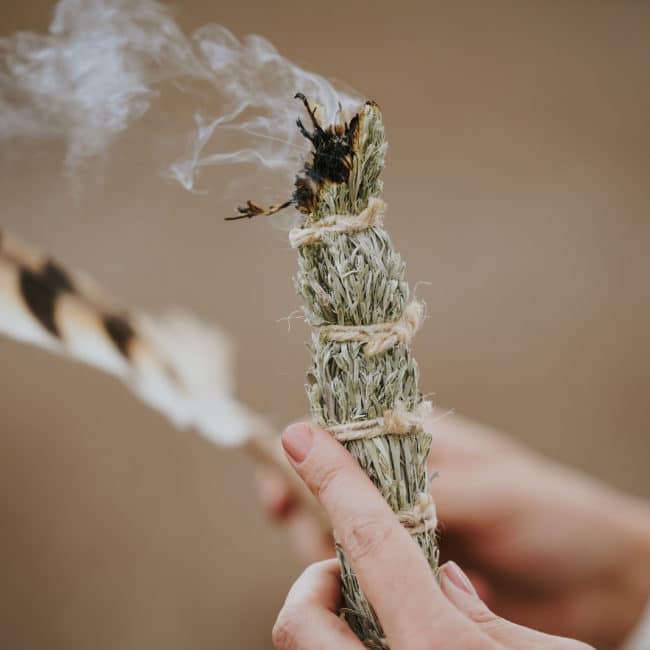
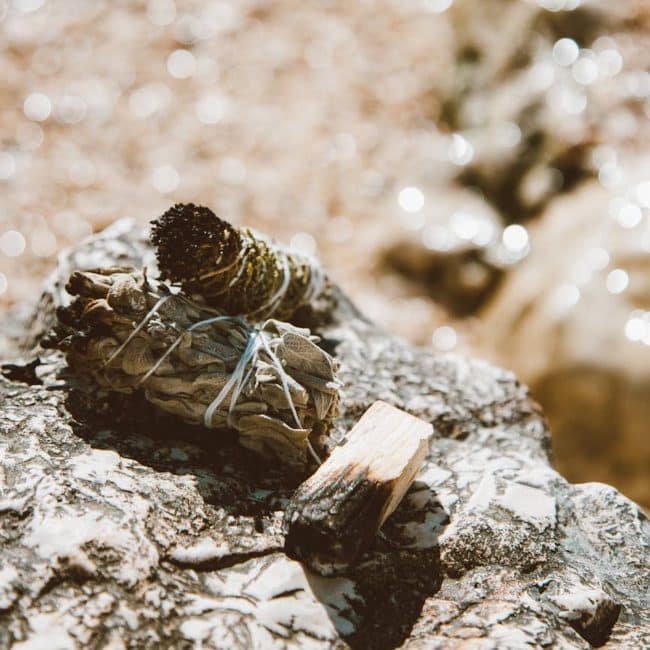
considerations for smoke cleansing
Our ancestors burned bundles of various plants available to them, and used the smoke to cleanse their own energy, as well as the energy of the spaces in which they dwelled. Using feathers to direct the smoke, they would send intentions and prayers to Spirit on the ‘wings’ of the bird messengers – our animal kin who are believed to fly between the Heavens and Earth.
It is my personal belief that each of us must learn to balance our inner call to ritual + ancestral practices with the reality of cultural appropriation and harm that is so prevalent today. The use of sacred tools and ritual are so vital; they provide connection to Spirit, to our lineage, and to our own intuition. I often use the term ‘everyday spirituality,’ which refers to this concept of weaving small ritual into our lives.
sustainable + ethical use of plants
Following are some considerations; questions you may ask yourself or research to explore what plants and practices are in integrity for you. Plants are sovereign beings; part of this practice is remembering our connection and restoring right relationship to our other-than-human kin.
Part of this practice is restoring our right relationship with our plant kin. This, too is a new practice for many of us.
1. Research your personal lineage and the plants your ancestors would have used in their native countries. Can you grow some of your own plant medicines in your garden or in a windowsill? Consider lavender, rosemary, thyme, yarrow, and mullein. What is the energy these plants carry, and which do you feel pulled toward?
2. Explore the plants that grow locally and in abundance where you are living now. Perhaps pine, cedar, or mugwort. To sustainably harvest, learn to listen to the plants – ask permission to enter their field and for permission to harvest. Never take from the first plant you come across, and always leave enough so that the plant will regrow.
3. If you are buying plants such as white sage or sweet grass, purchase from indigenous and Native-owned companies or those who work directly with Native communities. Know that the energy of each person who touches a sacred tool or plant medicine can passed on as it makes its way to you – ensure the people you buy from are also in their integrity.
a personal note...
Part of the path I’ve chosen to walk in this life includes sharing what I am learning and practicing, with the Collective goal of living in right relationship with the Earth and one another. While I have been given the teachings of many elders and mentors, the majority of whom are indigenous women carrying forth the wisdom of their lineages, I also benefit from my own white privilege. It is a precarious path I walk, and it comes with great responsibility. AHO!
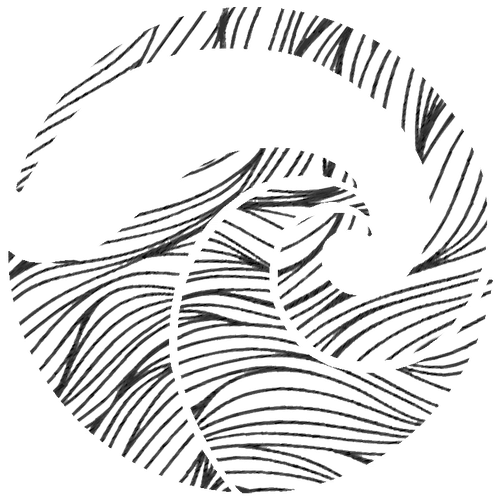


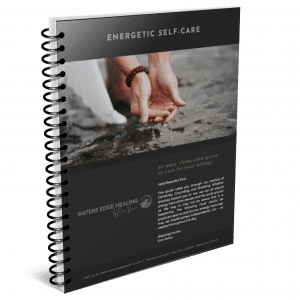
Leave a comment